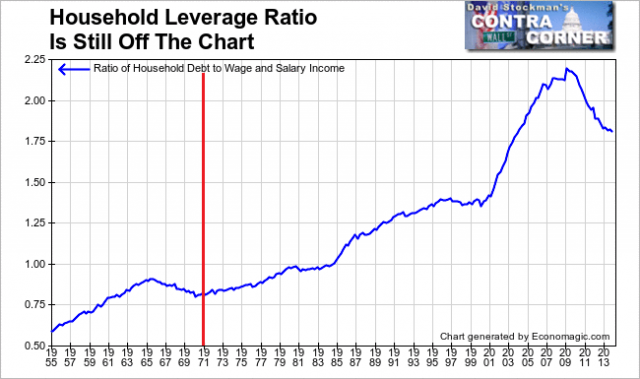 Economic growth in Russia was running at 0.8% y/y in Q2 2014 versus 0.9% y/y in Q1 2014.
Economic growth in Russia was running at 0.8% y/y in Q2 2014 versus 0.9% y/y in Q1 2014.
At the same time, GDP shrank 0.2% y/y in July 2014 and 0% y/y in August 2014.
Taken against the consensus forecast for growth at 0.5% for the full year 2014, this suggests geo-political risks-induced slowdown in the economy of some 0.3-0.4% to-date.
Russia’s economic outlook for 2014 and 2015-2015 continues to trend down, driven by two core factors:
Geopolitical risks of the Ukrainian conflict, and Structural weaknesses in the economy. The first factor is responsible for the expected actual output growth falling below down-trending potential output growth in 2014 and 2015.
The second factor is driving down potential output growth in 2015-2016 and beyond.
How dramatic were the growth forecasts revisions so far?
Take IMF: IMF is about to publish its October World Economic Outlook forecasts revisions.
In October 2013, IMF forecast real GDP growth in Russia to run at 3.0% in 2014, 3.5% in 2015 and 3.5% in 2016. So 3.5% average over 2015-2016.
In April 2014, IMF forecasts were running at 1.33% in 2014, 2.3% in 2015 and 2.5% in 2016, respectively. 2015-2016 average of 2.4% down 1.1 ppt on previous.
This post was published at True Economics on September 29, 2014.






















 Follow on Twitter
Follow on Twitter
Recent Comments